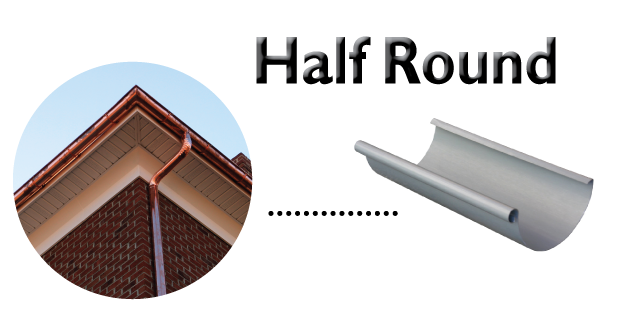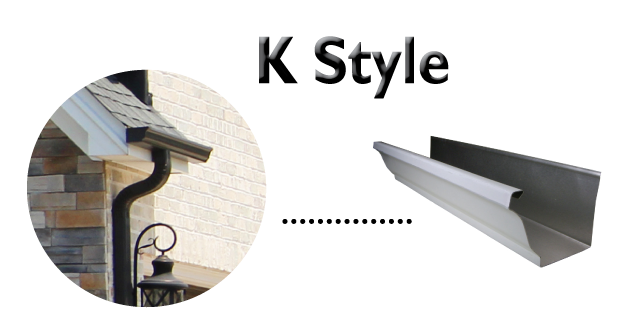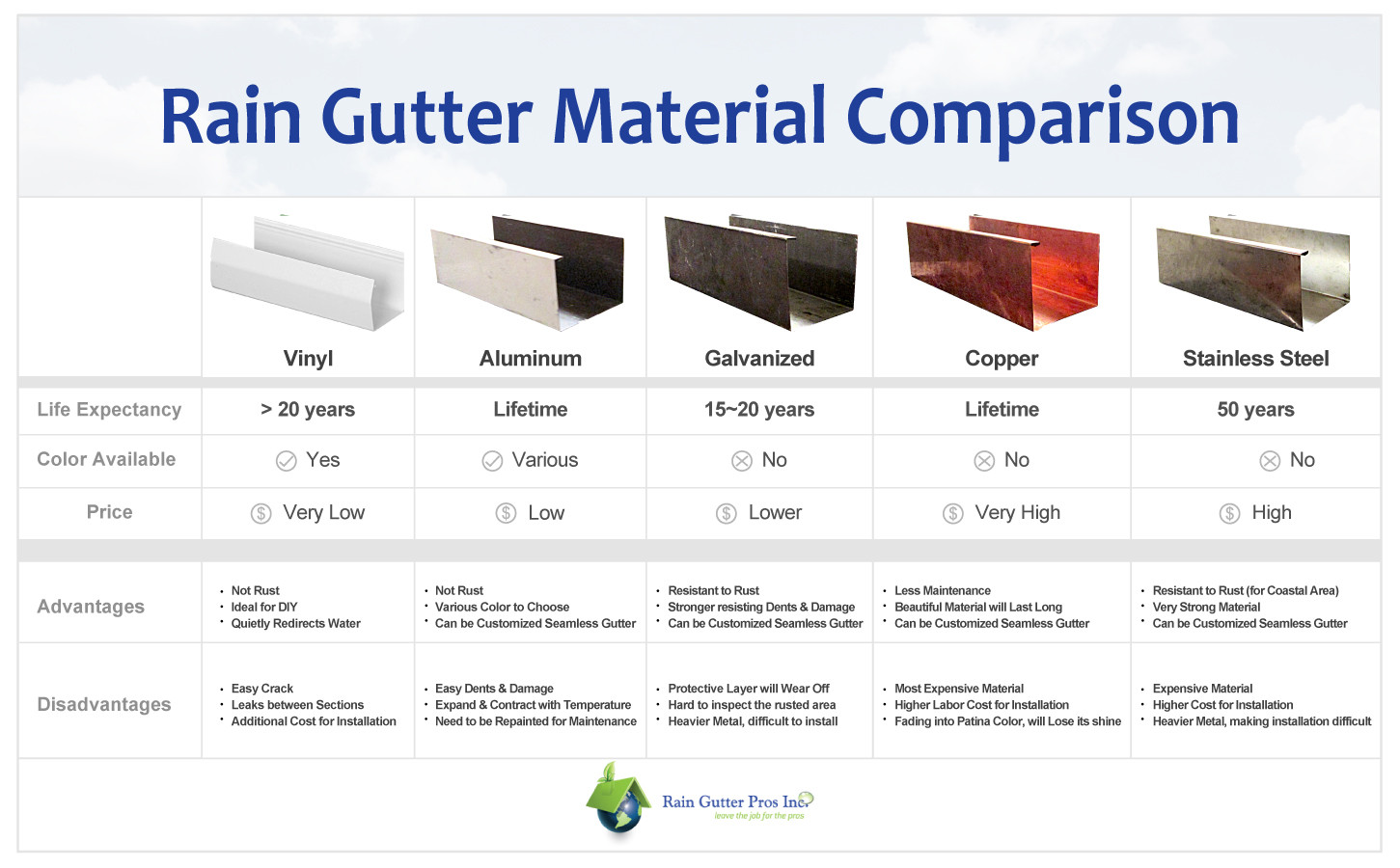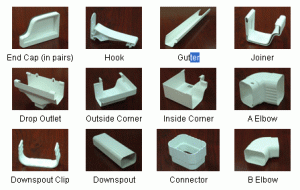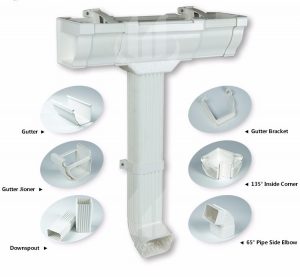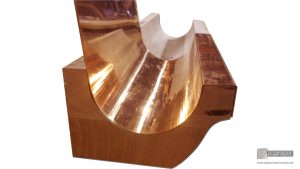RAIN GUTTER SYSTEM & ACCESSORIES
Gutter system has its own set of terms and parts. If you’re going to be installing roof gutters, you’ll have to obtain all the adequate accessories.
Here are some of the basic descriptions of accessories you need to know when working with gutter system.
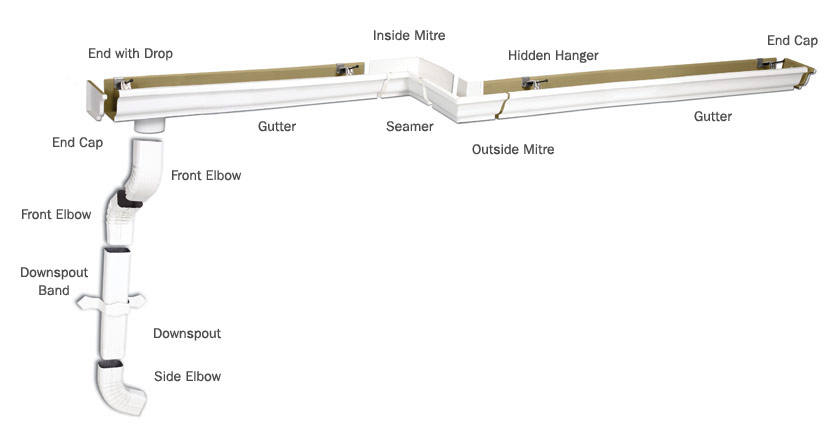
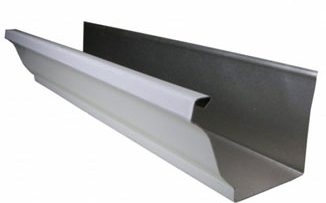
GUTTER
This is the horizontal length of guttering (usually comes in standard length of 4 meter or custom length for seamless run). It attaches to the roof fascia. This channel collects water from the roof and slopes to send it through the outlets
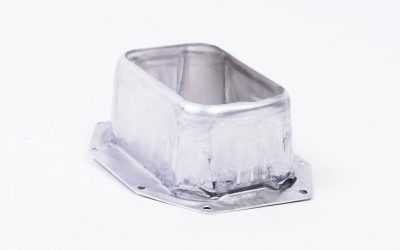
OUTLET
Certain elements will be centered on mobile devices and tablets and aligned to the left or right on a desktop display.
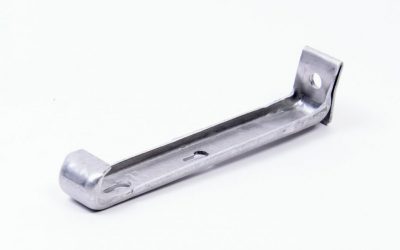
HANGER
This is an hidden – a type of hanger that sits inside the gutter section near the open mouth so that it cannot be seen from below or in front. It consists of a bent piece of metal with a hole in one side through which the screw goes into the eave. The other end of the hanger is braced against the inside front edge of the gutter section to give it support.
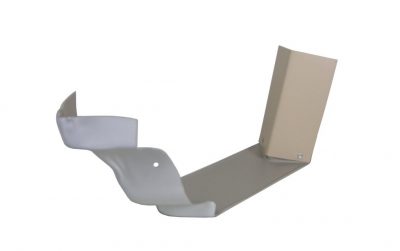
OUTER CORNER MITER
Miter is the cornering section of a gutter system. It can be box miter, strip miter or bay miter. The piece that joins two section of gutters at the outer corner is called outer miter.
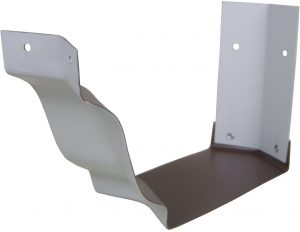
INNER CORNER MITER
They are used at inner corners to join two piece of gutters.
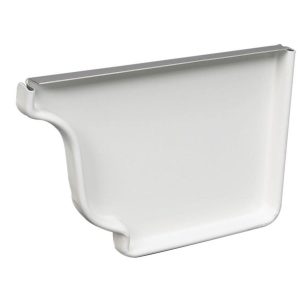
ENDCAP
This is a flat piece shaped like the gutters they are used to close off the open end of gutter section to keep water from straying out of the guttering system.
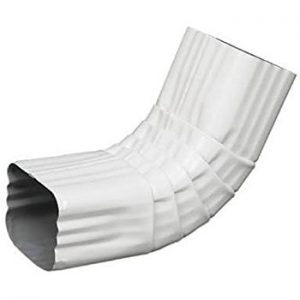
ELBOW
A bent or curved piece of pipe used to connect sections of downpipe at corners or bends.
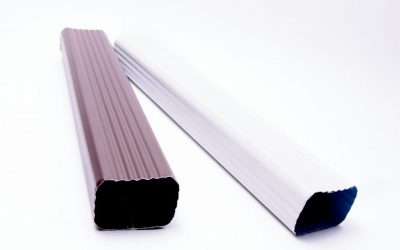
DOWNSPOUT/ DOWNPIPE
A vertical section of gutter system which is attached to the wall and through which water flows down from the gutter.
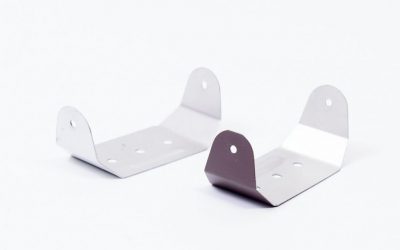
PIPE CLIP
Pipe clips are used to secure your downpipes to the wall.
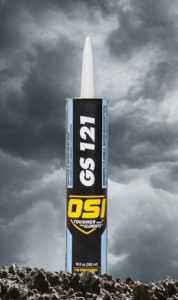
SEALANT
This waterproofs joints of gutters and drainpipes..
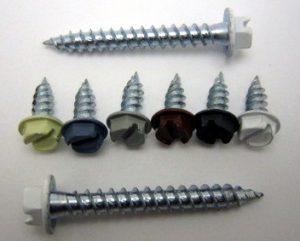
SCREW
Lorem ipsum dolor sit amet, consectetur adipiscing elit. Nullam eu dignissim tortor, sit amet bibendum lacus. Lorem ipsum dolor sit amet, consectetur adipiscing elit. Nullam eu dignissim tortor, sit amet bibendum lacus.
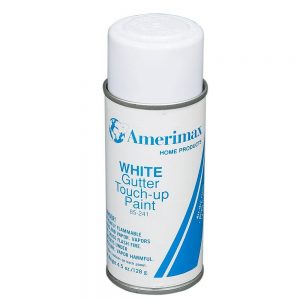
TOUCH-UP PAINT
This spray paint can be used to touch up ends of gutter or other areas where cuts have been made during installation.
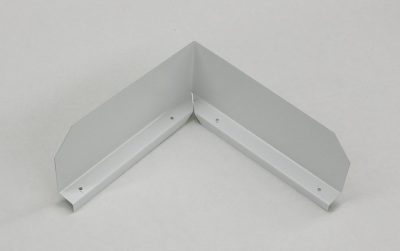
GUSHER GUARD
It is used at the roof valley (inner corner) to prevent runoff overflow
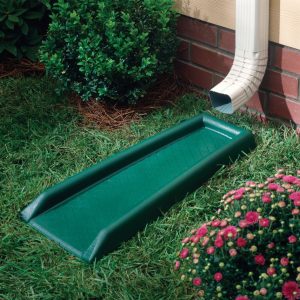
SPLASH BLOCK
An extension at the end of a downspout to keep water from pooling near the foundation, sometimes called a downspout extension.



